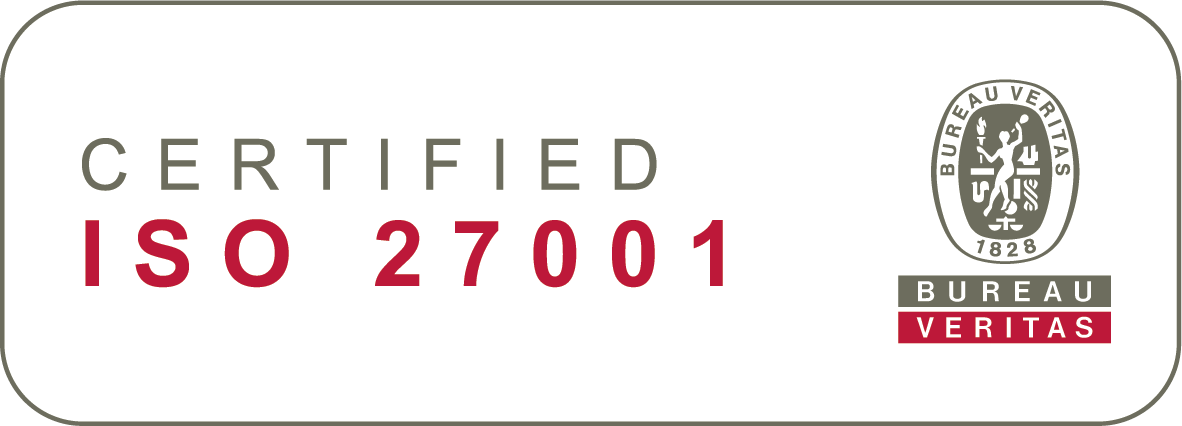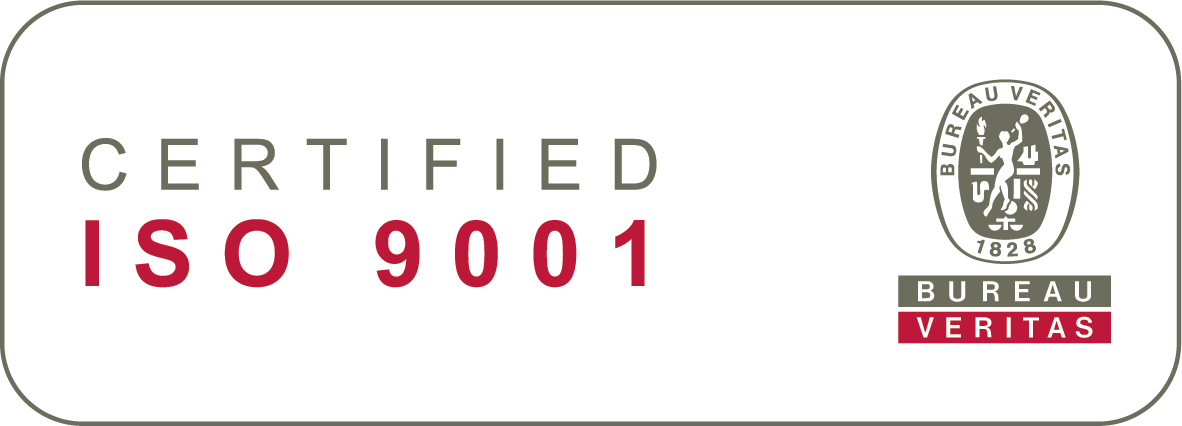Better decision-making and rapid response are only possible by recognising challenges and opportunities early. Companies need to choose the most important metrics for its human resource management and establish the corresponding goals, the key employees need to have a clear picture of these indicators.
Instead of inflexible and slow monthly reporting, modern, groundbreaking HR systems include flexible reporting tools and HR dashboards. These compress massive amounts of data in real-time, create easy-to-understand metrics, and present them (along with other KPIs) directly to the management team across various channels, including mobile devices.
Below, we identify some key HR metrics that are helpful to track. However, keep in mind that the specific reporting strategy depends on an organisation's priorities and size, among other factors. To determine which HR metrics are most valuable for a company to measure, HR teams need to work with executives to understand objectives and goals that can be directly related to those metrics.<
Key HR metrics to track, prioritised
- Absence Rate – Refers to the average number of days employees are absent within a given time frame (excluding PTO).
- Cost per new employee – Refers to the average cost per new employee. This includes both external and internal recruitment costs, divided by the total number of new hires in a given period.
- Overtime – The number of overtime hours worked in a given time frame. Closely related to absenteeism and attrition, excessive overtime may indicate the need for additional employees to prevent attrition.
- Employee satisfaction – Refers to the number of employees who would recommend your company to friends as a good place to work versus the number of employees who would advise against it.
- Total Attrition Rate – The total number of employees who leave within a given time frame, divided by the total number of employees in an organization.
- Retention Rate – The number of employees who remain in an organization during a given time frame, divided by the total number of employees in an organization.
- Employee Productivity – Refers to the amount of work the employee has completed in a given time frame (not the number of hours worked).
- Revenue per Employee – Refers to the total revenue divided by the total number of employees.
- Employee Performance – Can be tracked through peer review, self-assessment and manager rating.
- Training costs per employee – Total cost of training and learning resources divided by the total number of employees.
- Training Effectiveness – Can be measured by employee productivity (if related to training) or by conducting tests or assessments.
How to determine your Key Performance Indicators (KPIs)
A KPI is a value that can be measured to determine how effectively an individual or organization is achieving key business objectives. Ideally, each KPI should 'match' a specific business objective or outcome with a performance measure.
Start by defining your KPIs by answering the following questions:
- What is your desired operating result?
- Does achieving this result matter? Why is it like that?
- What are your methods for measuring progress?
- What key factors influence this outcome?
- Who are the contact persons/teams for this outcome?
- What is an important marker for achieving the desired result?
- How often should progress assessments be performed?
For example, let's say the goal is to improve employee retention this year. Defining an 'Employee Retention KPI' can look like this:
- Employee retention should increase by 30% this year.
- This will reduce costs and increase employee morale.
- Progress is measured as an increase in employee retention through the retention rate.
- Key factors include employee engagement initiatives and rethinking benefits and benefits.
- The recruitment and selection manager is responsible for these statistics
- Retention will have increased by 30% this year.
- Progress is reviewed every month.
KPIs should also be shared with stakeholders to encourage proper follow-up and establish a clear direction for the team and the organization. When reviewing the KPI on a regular basis, when the team finds that it needs to be updated, it should be possible so that the KPI fits the changing needs of the organization.
How to track your HR performance?
Many factors are often involved in successfully tracking human resources. In addition to tracking key HR metrics and KPIs, there are several measures that can help managers better track employee performance:
By observation
Managers can tell a lot about employee performance through direct observation. For example, a sales manager can observe an employee's interaction with a customer and immediately gather valuable insights about that employee's performance.
By establishing an ecosystem for HR solutions
You probably already use HR solutions to structure your organization's HR activities. But are you able to centralize all information in one place?
An HR system like Sympa provides HR teams with a way to track and scale all human processes from one place, giving them insight into all aspects of employment from start to finish. HR managers and team leaders gain efficient data and insights to review and improve existing processes to keep employees happy and motivated.
Don't stay in the dark. Use your personnel data.
HR metrics are useful not only for HR teams, but also for executives and employees of an organization. With a data-driven culture, organizations can maximize the potential of their workforce through informed, data-driven decisions.
An organization not only saves money with the insights from HR reports but can also increase revenue through employee satisfaction and productivity.



